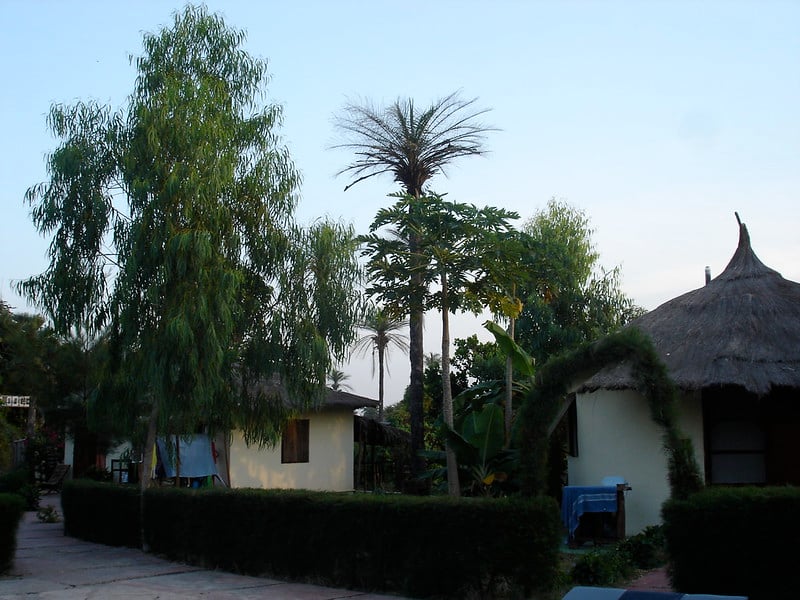Sustainable Tourism (DP IB Geography): Revision Note
Sustainable Tourism
Sustainable tourism meets the needs of the present without compromising the needs of future generations
Sustainable tourism needs to:
Maintain biodiversity
Involve local people in the development process
Respect local cultures, livelihoods and customs
Promote equity in the distribution of costs and benefits of tourism
Use resources sustainably
Reduce overconsumption and waste
Support local economies
Marketing tourism responsibly
Train staff to work sustainably
Ensure that visitors are carrying out sustainable practices
Maximising economic benefit whilst carrying out sustainable tourism
Ecotourism
Ecotourism is often called green tourism
To be ecotourism, it must be sustainable
It has been defined as:
“Responsible travel to natural areas that conserves the environment, sustains the well-being of local people, and involves interpretation and education”
(TIES, 2015)
Ecotourism is growing rapidly, with a market size of over US$374 billion a year
It can take place in a variety of environments but is usually in areas that are remote with low population densities
Related to tourism that protects and benefits local ecology, such as coral reefs, forest parks and lakes
It is an important way for tourists to get a first-hand experience in conservation
Conservation must also allow for local people to make a profit from tourism
There is also conflict between people who believe that tourists should have full access to tourist attractions and those who want to conserve the local landscape
Ecotourists have also been called egotourists because they put little into the economy but want to go off the beaten track
Case Study: Gambia
The Gambia - location
The Gambia is the smallest country in mainland Africa
It is 15 to 30 miles wide on either side of The Gambia River
The Gambia extends almost 300 miles into the interior and is surrounded by Senegal

The Gambia - climate
The country has a wet and dry tropical climate
Average temperatures in the dry season range from 18०C to 30०C
Average temperatures in the wet season range from 23०C to 33०C
Average annual rainfall is 1000mm in the south and 700mm in the north
The Gambia - population
It is home to nine different indigenous groups
Two-thirds of the population is under 30
Predominantly a Muslim country
The Gambia - environment
There are nearly 600 species of birds in the country
The country is known for its small beaches along the Atlantic coastline
The Gambia - tourism
Tourism experienced a short decline after a military coup (takeover) in the 1990s but is now an important industry
Tourism makes up 20% of The Gambia’s GDP
Footsteps an eco-lodge
Footsteps is an adult-only eco-lodge
Located 45 minutes south of the main tourist area, close to the village of Gunjar

The eco-lodge was built in 2002
A range of accommodations is available, including round houses and studio apartments
There is a 3-night minimum stay and the prices range from £35 to £90 a night
Electricity to the accommodation is provided by solar energy
The eco-lodge provides 100% of its energy
Composting toilets ensure that sewage waste is recycled
Water is supplied from tube wells and is stored in tanks
Grey water (wastewater) from people’s rooms is filtered back to the gardens to irrigate the fruit and vegetables
The eco-lodge aims to be plastic-free, including no plastic straws available for drinks or plastic wrap being used to cover food
The lodge works with local crafters who offer activities at the lodge
Only local people are employed from the village
Each member of staff receives training, fair pay, and a pension
Offer small savings plans and a microloan system for staff, meaning they can deal with unexpected emergencies or plan for the future
Food is sourced locally
Fruiting trees are planted around the accommodation to keep the rooms cool
No pesticides are used to grow fruits and vegetables

Unlock more, it's free!
Did this page help you?